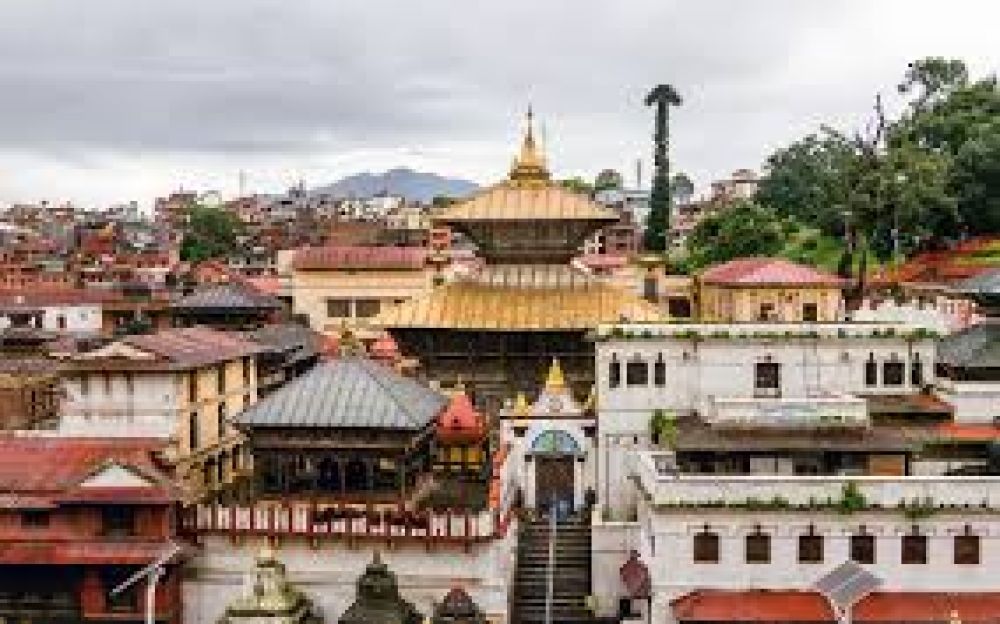

The Pashupatinath Temple, located on the banks of the Bagmati River in the eastern part of Kathmandu, is one of Nepal's most significant Hindu temples dedicated to Lord Shiva. Its history as a sacred site dates back to 400 B.C., making it a hub for spiritual activities and pilgrimage for centuries.
Historically, the Pashupatinath Temple has been a destination for worshippers from Nepal and India. Pilgrims have traveled long distances, often on foot, to pay homage at this sacred site. Despite the temple's early significance, it wasn't until Nepal began to open up to the outside world in the 1950s that tourism started to grow in the area.
The temple gained significant international interest when Nepal ended its isolationist policies. The construction of the Tribhuvan Highway in the 1950s, which connected Kathmandu to the Indian border, and the subsequent development of air travel infrastructure facilitated greater accessibility, giving a boost to tourism.
In 1979, Pashupatinath Temple was declared a UNESCO World Heritage Site, which marked an important milestone in its tourism history. This status drew global attention, culturing a diverse international visitor base to the temple and Kathmandu Valley as a whole.
As a living cultural heritage site, the Pashupatinath Temple is not only a tourist destination but also a continual place of worship. Religious festivals, most notably the Maha Shivaratri, attract thousands of devotees and curious tourists alike, making it one of the best times to witness the temple's vibrant ceremonial practices.
The increase in tourism has brought about concerns for the preservation of the Pashupatinath area. Efforts to balance the needs of tourists with the conservation of the site have been ongoing. The Pashupati Area Development Trust (PADT) was established to manage and conserve the cultural and natural heritage of Pashupatinath while facilitating tourism.
In recent years, there has been a trend towards more sustainable and responsible tourism practices. Tourists are increasingly aware of their impact and are looking for ways to experience the Pashupatinath Temple in a manner that respects local customs and traditions. Additionally, there has been a rise in spiritual tourism, where visitors not only come for the visual splendor of the destination but also to seek personal spiritual experiences.
To improve visitor experience, the management has introduced facilities like the Pashupati Museum and visitor centers. Cultural walks and traditional performances have also become a part of the tourism offerings to provide deeper insights into the temple's traditions. Furthermore, digital technology, such as virtual tours, has been leveraged to reach a broader audience.
Overall, the Pashupatinath Temple continues to be an important symbol of Nepal's religious devotion and cultural heritage. It stands as a unique confluence of ancient spirituality and modern tourism, inviting visitors from across the world to experience its timeless beauty and divine tranquility.